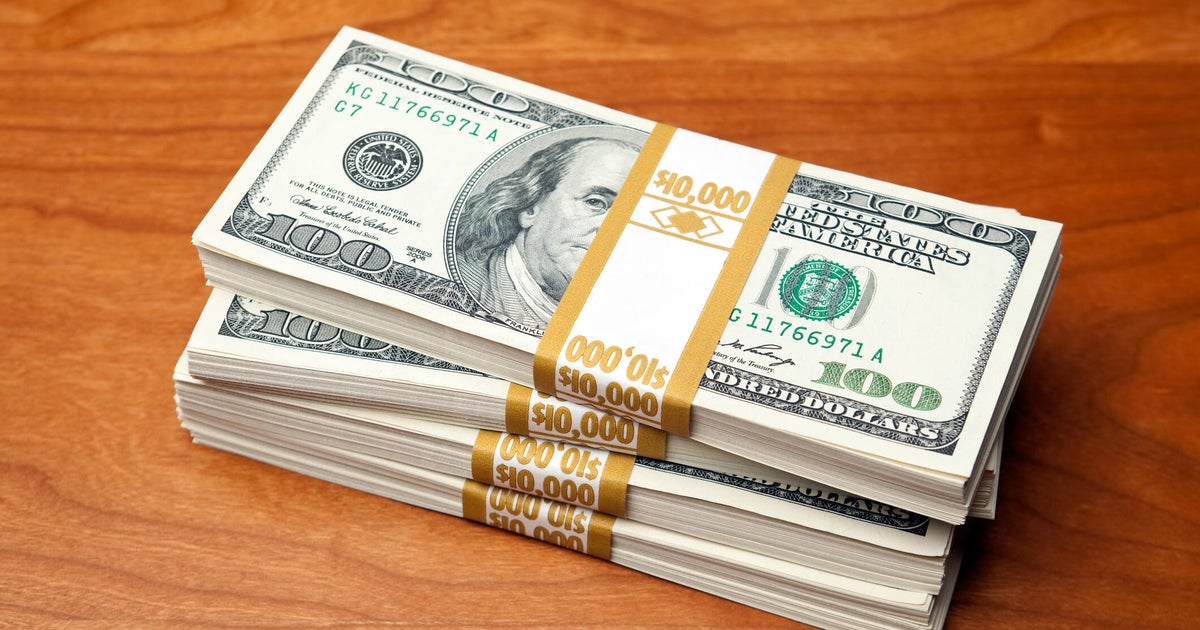 Today's lower mortgage rates give buyers more breathing room and could make refinancing worth exploring.
MicroStockHub/Getty Images
Today's lower mortgage rates give buyers more breathing room and could make refinancing worth exploring.
MicroStockHub/Getty Images
The Federal Reserve's 25-basis-point rate cut in October — its second of 2025 — has started to ripple through the housing market. Mortgage rates, which have remained stubbornly high throughout most of the year, have now eased slightly as lenders price in the central bank's new policy direction. While today's mortgage rates aren't back to the lows seen during the pandemic, they recently dropped to a three-year low, which was welcome news for prospective homebuyers.
But for those weighing the costs of buying a home in today's market, the question isn't just whether rates are falling. It's whether mortgage rates are falling enough to make a real difference. And, for some borrowers, that may be the case. The average 30-year fixed mortgage rate currently sits at 6.17%, according to Freddie Mac — a noticeable improvement from the 7%-plus rates we saw earlier this year.
Still, for anyone considering a mortgage, and especially a substantial $400,000 mortgage loan, understanding exactly what you'll pay each month at today's rates isn't just helpful. It's essential before signing on the dotted line.
Find out how affordable your mortgage loan could be right now.
How much does a $400,000 mortgage loan cost monthly after the Fed's October rate cut?
Right now, the average 30-year fixed mortgage rate is 6.17% while the 15-year fixed mortgage sits at 5.41%. While today's averages aren't exactly cheap, especially compared to the sub-3% rates available in 2020 and 2021, they're still an improvement for buyers hoping to lock in before another market swing.
Here's what the monthly payments for principal and interest would be at today's average rates on a $400,000 mortgage loan:
- 30-year fixed mortgage at 6.17%: $2,442.09 per month
- 15-year fixed mortgage at 5.41%: $3,249.26 per month
Now compare that to where rates were in mid-January 2025, before any Fed rate cuts were made. At that point, the average 30-year fixed mortgage loan had a rate of 7.04% and the average 15-year fixed mortgage loan had a rate of 6.27%.
At those levels, the monthly payments for the principal and interest on a $400,000 mortgage would have been as follows:
- 30-year fixed mortgage at 7.04%: $2,671.96 per month
- 15-year fixed mortgage at 6.27%: $3,434.05 per month
That means today's 30-year loan costs about $230 less per month than it did in February, and the 15-year option is about $185 cheaper. Over the life of the loan, that could mean thousands in total savings.
Now let's compare today's costs with what you would have paid in late October 2024, when the average 30-year rate hovered around 6.72% and the average 15-year mortgage rate averaged 5.99%. When calculating costs using the October 2024 rates, the monthly payments on a $400,000 mortgage would have been:
- 30-year fixed mortgage at 6.72%: $2,586.42 per month
- 15-year fixed mortgage at 5.99%: $3,373.27 per month
The difference between today's costs and the average costs earlier this year and late last year might not be enough to completely offset high home prices, but for buyers on the edge of affordability, even a few hundred dollars' worth of savings can help keep a purchase within budget.
Learn more about the mortgage loan options and rates available to you here.
How much would it cost to refinance a $400,000 mortgage at today's rates?
Refinance rates also dipped modestly alongside the Fed's October rate cut. While refinance rates remain slightly higher than purchase loan rates, they've fallen enough to make refinancing worth considering for certain homeowners, especially those with older, high-rate loans who plan to stay in their homes for the long term.
Right now, the average 30-year refinance rate sits at 6.51%, while the 15-year refinance rate averages 5.82%. Here's what payments on a $400,000 mortgage loan refinance would be at today's average rates:
- 30-year refinance at 6.51%: $2,530.90 per month
- 15-year refinance at 5.82%: $3,336.65 per month
Before you take steps to refinance, just remember to factor in closing costs, which typically range from 2% to 6% of your loan balance (or $8,000 to $24,000 on a $400,000 mortgage). If you're planning to remain in your home for several years, though, today's lower rates could help you recoup those costs and come out ahead over time.
The bottom line
The Fed's second rate cut of 2025 has nudged mortgage and refinance rates slightly lower — and that's welcome news for both buyers and homeowners. A $400,000 mortgage now costs about $185 to $230 less per month than it did earlier this year, depending on the loan term.
The savings might not be massive, but they're enough to give buyers more breathing room and make refinancing worth exploring. And, if the Fed continues easing rates in the future, borrowing costs could drift a little lower still, though much will depend on inflation and overall economic momentum.
For now, though, locking in today's lower rates could help you get ahead of any future market swings, whether you're buying your next home or cutting costs on the one you already have.
Edited by Matt Richardson


















































